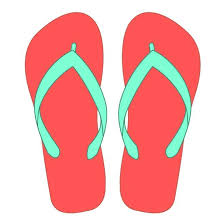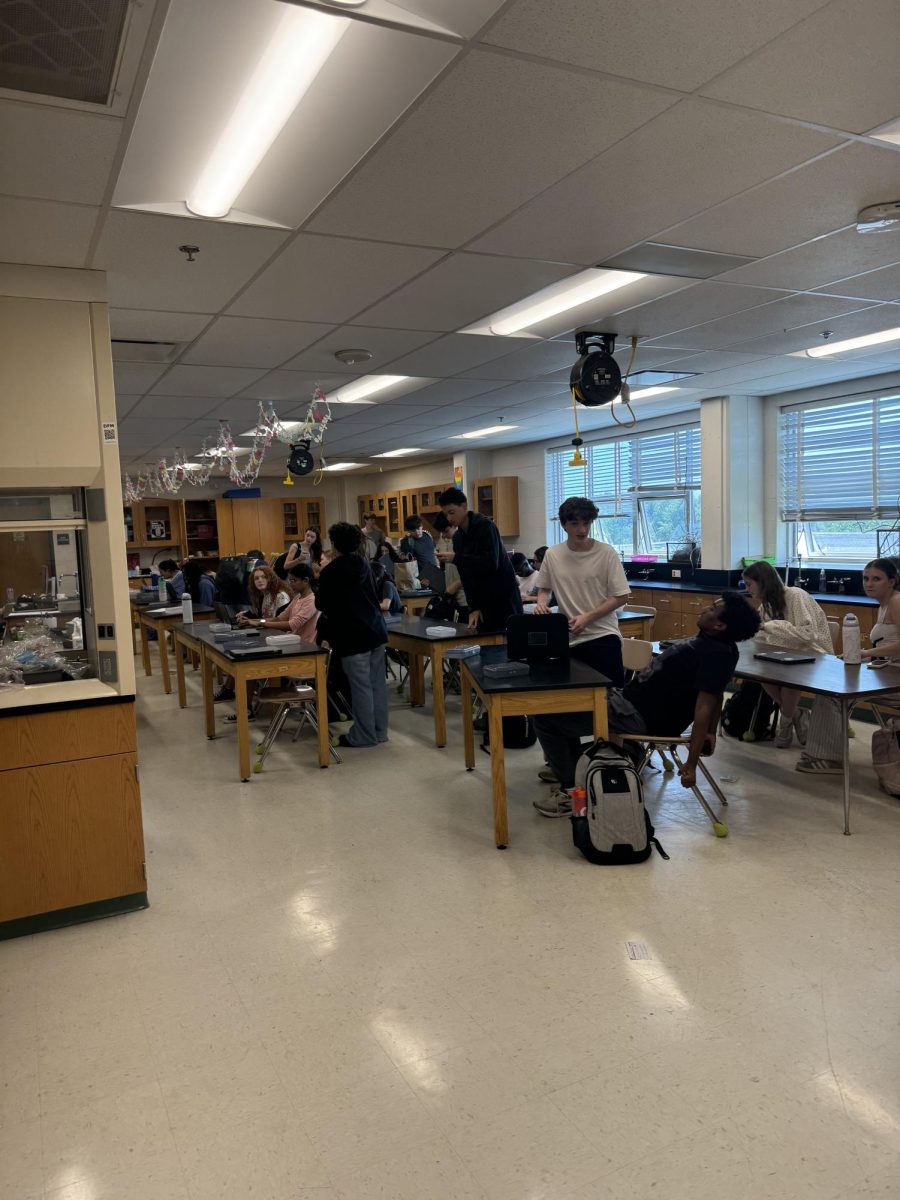This holiday season, many lucky teens can expect to unwrap the hottest new gadget, whether it be a top-of-the-line iPod or a new touch-screen cell phone.
Yet there was a time not long ago when toy makers gave “hottest new gadget” a completely different definition. Whether a toy was considered cool or not, it could reach a scorching 360 degrees, winning the prize for literally being the hottest of all new gadgets. And believe it or not, along with these smoking, oven-like toys came extremely sharp objects, toys made of material that could shatter like glass and many other hazards all intended to be toys for children. Just ask your parents. Chances are, they played with some of the humorously dangerous toys of the ‘60s and ‘70s.
Now, Mr. Potato Head doesn’t just come with eyes, ears, noses and other parts for children to insert into a real potato as it was originally designed as in 1952. Once the smaller parts were deemed a choking hazard, the makers of Mr. Potato Head started including the large, plastic potato so that the miscellaneous parts could be made bigger.
While the choking hazard of Mr. Potato Head’s eyeballs was considered un-kosher, many other toys became acceptable, whether they were scorching hot, explosive or toxic.
One memorable and extremely popular toy that originally came out in the early 1970s was “Clackers.”
“It was [acrylic] balls- one on each end of thick string attached to a small handle,” said Tracy Threefoot, mother of freshman Ben and junior Amelia Esenstad. “The object was to hold onto the handle and try to get it the swing it so the two balls clacked together making noise. It wasn’t easy to do. I would go to Woolworth’s, a dime store, and play with this toy for hours.”
As entertaining as this toy was, its makers overlooked two main points. Acrylic is hard, and this toy was meant for children to be swinging around. Also, acrylic can also shatter just like glass, which is not the ideal mess for a young child.
“I got many bruises on my arms from the balls hitting them when they missed hitting each other,” said Threefoot.
As sore as bruises can be, the blistering burns “Creepy Crawlers” caused were much worse. The toy consisted of metal molds that liquid “Plasti-Goop” were poured into. The molds were then heated on an electric hot plate and, once the mold was removed, out came a colorful rubber design.
“You would put the molds on a small hot plate that was hot enough to melt plastic,” said Frank Leibsly, father of junior Josh Leibsly. “Somehow your fingers, or your friends’ fingers, always attempted to pick up the mold while hot, hence the burns.”
Between all the burns and a concern that the formula used to make “Plasti-Goop” was toxic, “Creepy Crawlers” were taken off the market in the 1970s.
Although they couldn’t reach record hot degrees, “Caps” gave children the chance to use explosives as a toy.
“They came on sheets of paper and were little bits of explosive material that kids would rub to sound like a gun, or would ‘load’ them into cap guns, [which were] extremely realistic looking guns, that would then be fired and sound like actual guns firing,” said WJ parent Joyce Wasserstein.
Another toy that exploded into the hands of kids, quite literally, was the Geiger chemistry set.
“The chemistry kits back then contained toxic chemicals along with an alcohol type Bunsen burner,” said Leibsly.
Although the kit came with a booklet of somewhat safe experiments to do, most of its owners took experimentation to a new level and created their own mixtures, whether it was potent gases or sparklers.
“What eight or nine year old boy wants to do fun and safe experiments?” said Leibsly. “None. What’s more exciting than to mix up a bunch of chemicals at random, heat them in a test tube over the burner, and see what happens? Usually, you ended up with a burned or congealed black glop that ruined the test tube. Once in a while though, the test tube would create clouds of gagging sulfuric fumes. Then it was time to get out of the house before mom got home. Let her wonder what it was.”
Although chemistry sets are still in stores today, they’re completely reformed versions of what existed a few decades ago. Chemistry sets are now much safer when it comes to what chemicals and tools they include. As an additional safety precaution, most modern chemistry sets include goggles and other safety equipment.
A final toy that is oh-so-memorable is “Jarts,” also known as lawn darts. As a spin-off on regular darts, sporting a foot long metal point, they were meant to be thrown underhand into hoops on the ground.
“They had heavy metal tips that had the potential to cause severe injury if not used correctly,” said Leibsly. “We were kids…we didn’t use anything correctly. Let’s see how high we can throw it and then run out of the way.”
Whether it was a toy that had the potential to impale a kid to the ground, scar a child permanently with the burns of “Creepy Crawlers” or make a household pass out from strong chemicals, toys have obviously reformed for this generation. So, next time you make fun of your technologically-impaired parents, know that you missed out on quite an era that may have been somewhat unsurvivable!







